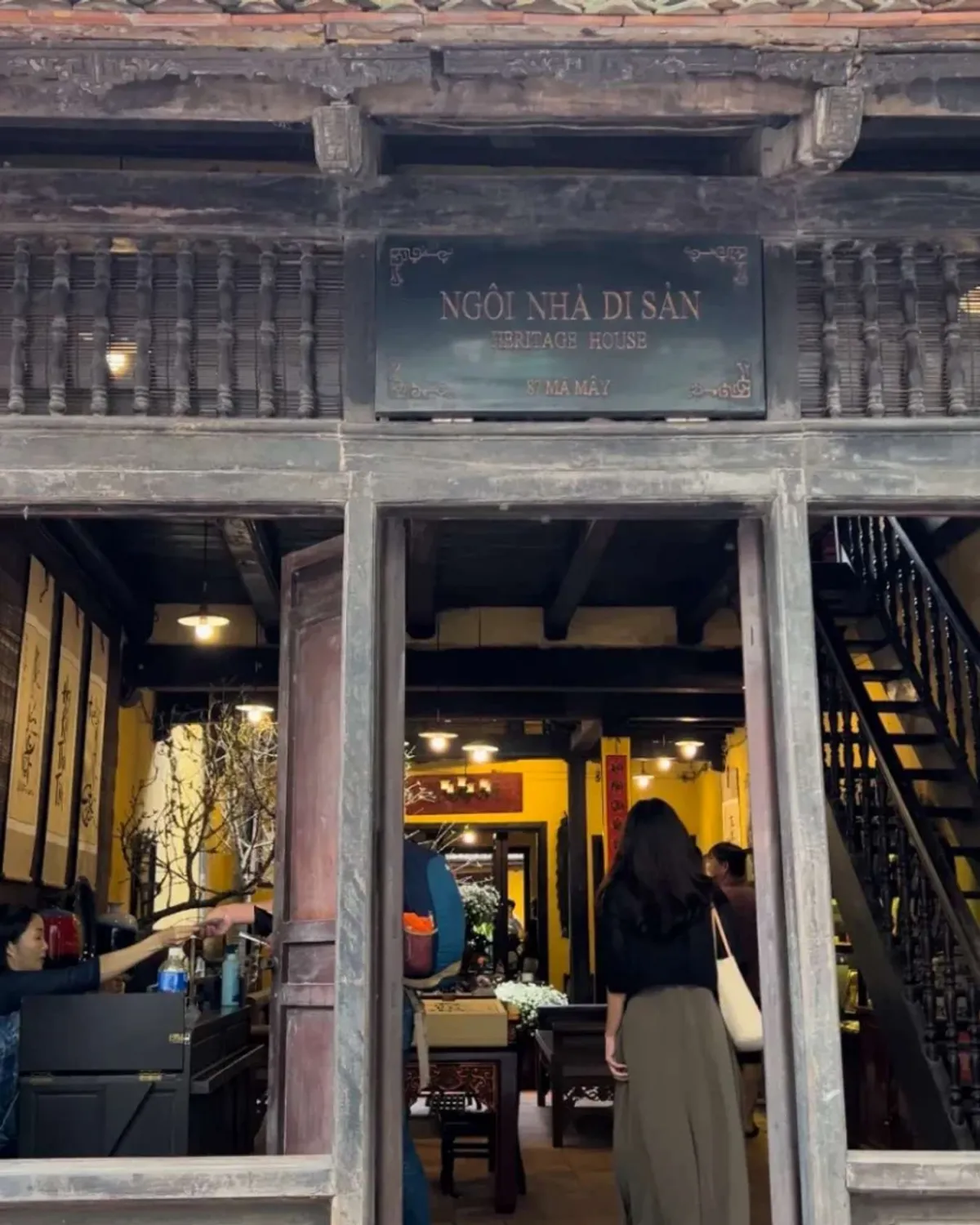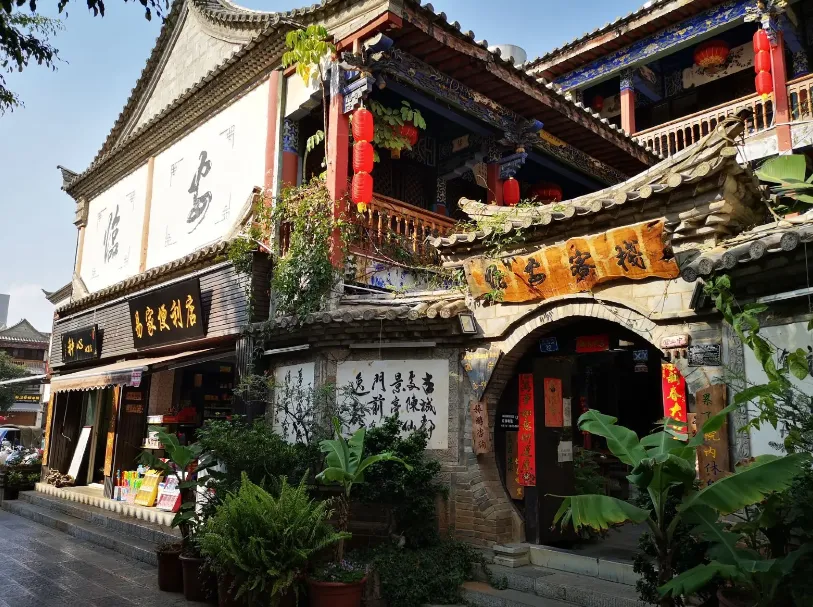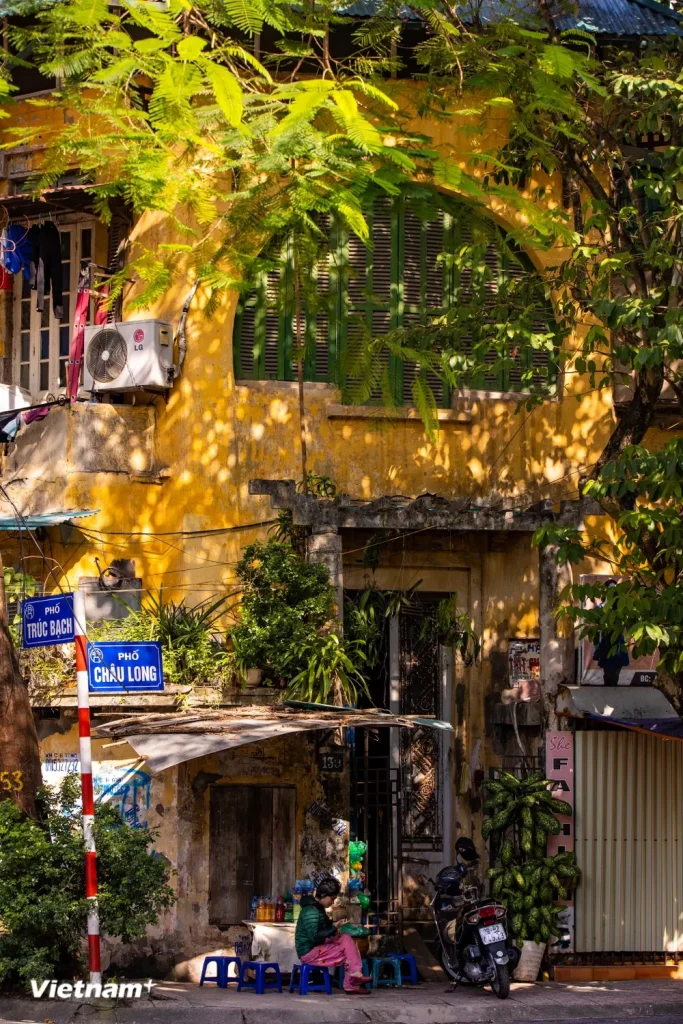Timeless Marks on Every Brick: The Architecture of Hanoi's Old Quarter
Hanoi, the heart of a thousand years of civilization, preserves within itself countless precious cultural and architectural heritages. Among them, Hanoi's Old Quarter, with its intricate network of streets and ancient houses, emerges as a vivid picture of a bygone golden age. The architecture of Hanoi's Old Quarter embodies a unique intersection between Eastern culture and French architectural influences, creating a beauty that is both unique and distinctly Hanoi.
The Birth of Trade Streets and Historical Imprints
Formed in the 11th century, Hanoi's Old Quarter was initially a trading center for merchants from all over the country. Over time, streets specializing in specific trades emerged, creating streets with unique names such as Hàng Bạc (Silver Street), Hàng Mã (Paper Offering Street), Hàng Đào (Silk Street), and more. The architecture of this period was mainly wooden houses with a mezzanine level, reflecting the simple lifestyle and closeness to nature of the people at that time.
French Architecture: A Breath of Fresh Air in the Imperial Capital

At the end of the 19th century, the arrival of the French marked a significant turning point in the architecture of Hanoi's Old Quarter. Structures in the French architectural style, with elaborate lines and sophisticated patterns, gradually appeared, creating a new look for the old town.
The Harmonious Interweaving of Two Architectural Schools
However, the people of Hanoi skillfully combined French architecture with the traditional architecture of the nation. The houses in the old town retained the characteristics of Vietnamese houses, such as the yin-yang tiled roof, the courtyard, and the inner courtyard, but were embellished with French architectural details such as large windows, balconies, and wrought iron decorations. This intersection created a unique architectural style known as Hanoi's Old Quarter architecture.
Hanoi's Ancient Houses: Witnesses to History and Culture
Unique Features in the Architecture of Ancient Houses
Hanoi's ancient houses typically have narrow facades that extend deep inside, reflecting the adaptation to the conditions of dense populations and limited land. The interior space is divided into several compartments, each serving a specific function. The courtyard and greenery are harmoniously arranged, bringing a sense of airiness to the house.
Living Museums of Ancient Life
Besides their distinctive architecture, Hanoi's ancient houses also preserve many ancient artifacts and fascinating historical stories. Visiting ancient houses such as the ancient house at 87 Mã Mây or the Hanoi ancient house (48 Hàng Ngang), tourists will feel like they are transported back in time, immersed in a cultural space imbued with the essence of the ancient capital.
You may need or be interested in
- Explore the unique beauty of culture through traditional festivals in Hanoi's Old Quarter
- Backpacking in the West during the flooding season: Enjoy an irresistible feast of specialties for just a few cents
- Bún nước lèo Trà Vinh - The Unique Combination That’s Stirring Up the Youth
- Lost in the 'textile paradise' with surprisingly cheap prices at Tan Dinh market
Cultural Tourism in Hanoi: Discovering the Architectural Beauty of the Old Quarter
Hanoi's Old Quarter is an unmissable destination on the journey to explore the culture of Hanoi.
Wandering through Ancient Streets

Strolling along the moss-covered ancient streets, visitors will admire the ancient houses with their mossy tiled roofs, old wooden windows, and walls weathered by time. Every street and every house holds fascinating historical and cultural stories.
Experiencing the Urban Life of Yesteryear
Not just for sightseeing, tourists can also find enjoyable experiences such as savoring a cup of the famous egg coffee at Café Giảng, immersing themselves in the classical music space at the Hanoi Opera House, or getting lost in the bustling Đồng Xuân Market and enjoying the enticing street food.
Conclusion
The architecture of Hanoi's Old Quarter is a crystallization of traditional beauty and a fusion with French architecture. It is not only a priceless architectural heritage but also a living museum of the history, culture, and life of the people of Hanoi in the past. Exploring the architecture of Hanoi's Old Quarter is like going back in time, returning to the quintessential cultural values of the thousand-year-old capital.
